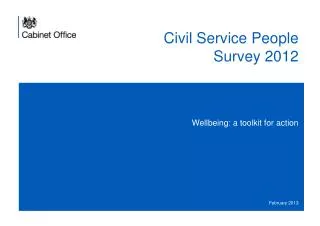A telecommunications service provider. Since it's beginnings in 1994, this company has become one of New Zealand's most
Assignment Solutions, Case study Answer sheets Project Report and Thesis contact aravind.banakar@gmail.com www.mbacasestudyanswers.com ARAVIND – 09901366442 – 09902787224 Business Communication CASE STUDY (20 Marks) A telecommunications service provider. Since it's beginnings in 1994, this company has become one of New Zealand's most loved telecommunications providers with around 200 employees. They provide internet, home phone and calling services. In May 2006, the New Zealand Government unbundled the local loop meaning that a range of business opportunities opened up to the telecommunications service provider. A period of dramatic business growth followed. Increased staff numbers and product offerings meant that it was important to find tools and techniques to ensure staff continued to be well informed and passionate about working for the company. • This company has a particularly young work force and a high percentage of call centre staff and shift workers. It has nearly doubled in size in the last year. All of these factors presented a number of internal communications challenges. • They wanted to find a communications solution that would appeal to it’s young workforce who were used to dynamic, entertaining and attention grabbing technologies. The SnapComms solution offered the right combination of ‘fizz’ combined with pure and simple business value. They have a particularly young work force and a high percentage of call centre staff. The company has nearly doubled in size in the last year. All of these factors presented a number of internal communications challenges: Communicating with shift workers. A high percentage of shift workers meant that it was difficult to gather staff into one place for business updates and news. High turnover of call center staff. As is common for call centers, staff turnover rates were higher than in other parts of the organization. It was important to find ways to bring new employees up to speed quickly and to build engagement in order to reduce staff turnover rates. Young demographic. The average age of employees is 20 years old. Communications needed to appeal to a demographic used to engaging, entertaining and compelling communication formats. A cultural survey highlighted a need to make people feel more valued. Their cultural survey, although generally good, highlighted a need to help its people recognize the benefits of working for the company and to feel a valued part of the business. Learn more about communicating with millennials. Email overload. People were being bombarded with emails. Between 50 and 100 per day were commonplace for call centre staff. ‘Static’ intranet. The intranet was seen as ‘static’ and not updated often; hence usage rates and effectiveness were low. They had the following additional Internal Communications objectives: Increase staff involvement. The company was looking for ways to help it’s staff feel more involved and to allow them to participate more in the business. Find new ways to make working for the company fun. They have a young, fun brand and it was important to reflect this in the culture of the company. Measuring communications effectiveness. It was difficult and time consuming to measure communications effectiveness. The service provider was looking for a quick, user friendly tool to allow them to measure communications effectiveness on a regular basis. Answer the following question. Q1. Give an overview of the case. Q2. Discuss the benefits of keeping staff engaged. Assignment Solutions, Case study Answer sheets Project Report and Thesis contact aravind.banakar@gmail.com www.mbacasestudyanswers.com ARAVIND – 09901366442 – 09902787224
★
★
★
★
★
80 views • 6 slides
















